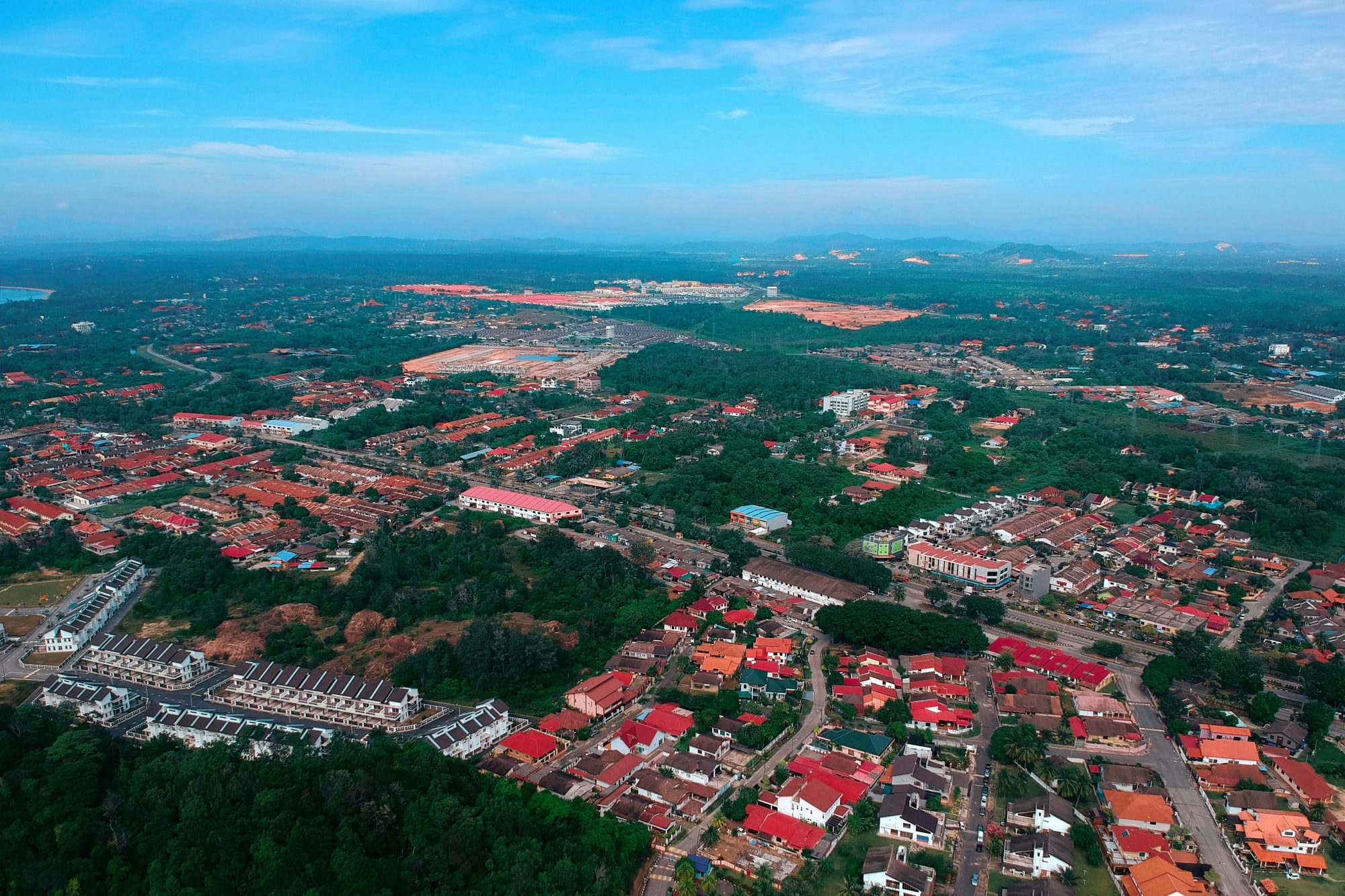Invest
How low could house prices actually go?
With unemployment at a 20-year high, immigration becoming non-existent and interest rates having hit the lower bound, what can we expect from house prices? And should we be worried about it?
How low could house prices actually go?
With unemployment at a 20-year high, immigration becoming non-existent and interest rates having hit the lower bound, what can we expect from house prices? And should we be worried about it?

Nikko Asset Management fixed income portfolio manager Chris Rands has penned an article where he has looked at economic indicators to consider just how concerned Australian investors should be about a potential downward movement of domestic property prices.
According to the portfolio manager, current housing figures have been “remarkably resilient” given the circumstances surrounding the COVID-19 crisis, given they’ve only fallen by around 1 per cent in the past three months.
This is despite “some of the worst economic conditions Australia has seen in the past 70 years”, Mr Rands stated.
“Most forecasts in the market suggest there will be continued declines to come, but of a magnitude that is not dissimilar to 2019,” he continued.

Having analysed auction clearance rates, mortgage finance and building permits for new homes, the portfolio manager said: “In the short term, all three indicators are pointing to the same outcome: house price declines of approximately 5 to 10 per cent, which could be towards the lower or higher end of that range depending on which indicator is preferred.”
According to Mr Rands, it means investors should be, at the very least, mildly concerned.
“Yet this outlook only reflects what is already known (and observable), providing only a three- to six-month outlook without making much reference to what could be in store in 12 months’ time,” he conceded.
“Currently, Australia is facing its worst economic performance in 70 years with very little room for rates to fall. So, we must also think about how these indicators could move in the bigger-picture environment.”
Bigger-picture drivers include unemployment, the presence of fiscal stimulus (JobKeeper and JobSeeker), immigration and population growth, and the continuing record-low interest rates.
From the portfolio manager’s perspective, these big-picture drivers are split into three broad categories: the “good”, the “bad” and the “it depends”.
He’s lauded the Reserve Bank of Australia’s swift action as “good”, saying: “With interest rates falling a little over 1 per cent over the past 12 months, housing becomes more affordable.”
If all else were equal — which definitely is not — Mr Rands said prices would be set to rise more than 15 per cent from their mid-2019 levels, meaning this proactive action will stave off some of the more negative outcomes.
Falling into the category of “bad” is high levels of unemployment and seriously low levels of immigration, which point to weaker housing demand.
The portfolio manager explained that Australians who have lost their job will be far less likely to buy (and could become sellers), while the lower population growth means fewer people will now require new housing within the next 12 months.
In the “it depends” category, Mr Rands has placed fiscal support and loan deferrals.
“At the moment, unemployment benefits are two to three times higher than they usually would be and close to 500,000 borrowers have had their payments deferred,” he said.
“The fact that these benefits have been extended, albeit at lower amounts, means some of the more negative outcomes may be avoided (or simply delayed).”
However, the portfolio manager did raise concern about the reduction in the size of unemployment benefits, stating it would create “a far harsher environment for those who have been affected economically”.
Coming back to the question of “how worried should we be?”, Mr Rands said the answer to the question, at the moment, “falls on government support and just how long it will last”.
“Depending on how these support measures are changed, there is good reason to believe that the negatives will continue to outweigh the positives over the next 12 months as the expansionary policies are slowly unwound,” he said.
What does this mean?
According to Mr Rands, it means house prices could fall further than the forecast 5 to 10 per cent that most expect over the short term and into the 10–20 per cent decline range.
“That certainly calls for more concern than the short-term indicators would suggest,” he concluded.
About the author

About the author


Property
Gen Z's secret weapon: Why their homebuying spree could flip Australia's housing market
A surprising share of younger Australians are preparing to buy despite affordability headwinds. One in three Gen Z Australians intend to purchase within a few years and 32 per cent say escaping rent ...Read more

Property
Tasmania’s pet-positive pivot: What landlords, BTR operators and insurers need to do now
Tasmania will soon require landlords to allow pets unless they can prove a valid reason to refuse. This is more than a tenancy tweak; it is a structural signal that the balance of power in rental ...Read more

Property
NSW underquoting crackdown: the compliance reset creating both cost and competitive edge
NSW is moving to sharply increase penalties for misleading price guides, including fines linked to agent commissions and maximum penalties up to $110,000. Behind the headlines sits a more ...Read more

Property
ANZ’s mortgage growth, profit slump: why volume without margin won’t pay the dividends
ANZ lifted home-lending volumes, yet profits fell under the weight of regulatory and restructuring costs—an object lesson in the futility of growth that doesn’t convert to margin and productivityRead more

Property
Rate pause, busy summer: where smart capital wins in Australia’s property market
With the Reserve Bank holding rates steady, the summer selling season arrives with rare predictability. Liquidity will lift, serviceability stops getting worse, and sentiment stabilises. The ...Read more

Property
The 2026 Suburb Thesis: A case study in turning trend lists into investable strategy
A new crop of ‘suburbs to watch’ is hitting headlines, but translating shortlist hype into bottom-line results requires more than a map and a mood. This case study shows how a disciplined, data-led ...Read more

Property
From signals to settlements: A case study in turning property insight into investable action
Investor confidence is rebuilding, first-home buyers are edging back, and governments are pushing supply — yet most property players still struggle to convert signals into decisive movesRead more

Property
Australia’s rental choke point: why record-low vacancies are now a boardroom issue
A tightening rental market is no longer just a housing story—it’s a macro risk, a labour challenge and a strategic opening for capital. With vacancies near historic lows and rents still rising, ...Read more

Property
Gen Z's secret weapon: Why their homebuying spree could flip Australia's housing market
A surprising share of younger Australians are preparing to buy despite affordability headwinds. One in three Gen Z Australians intend to purchase within a few years and 32 per cent say escaping rent ...Read more

Property
Tasmania’s pet-positive pivot: What landlords, BTR operators and insurers need to do now
Tasmania will soon require landlords to allow pets unless they can prove a valid reason to refuse. This is more than a tenancy tweak; it is a structural signal that the balance of power in rental ...Read more

Property
NSW underquoting crackdown: the compliance reset creating both cost and competitive edge
NSW is moving to sharply increase penalties for misleading price guides, including fines linked to agent commissions and maximum penalties up to $110,000. Behind the headlines sits a more ...Read more

Property
ANZ’s mortgage growth, profit slump: why volume without margin won’t pay the dividends
ANZ lifted home-lending volumes, yet profits fell under the weight of regulatory and restructuring costs—an object lesson in the futility of growth that doesn’t convert to margin and productivityRead more

Property
Rate pause, busy summer: where smart capital wins in Australia’s property market
With the Reserve Bank holding rates steady, the summer selling season arrives with rare predictability. Liquidity will lift, serviceability stops getting worse, and sentiment stabilises. The ...Read more

Property
The 2026 Suburb Thesis: A case study in turning trend lists into investable strategy
A new crop of ‘suburbs to watch’ is hitting headlines, but translating shortlist hype into bottom-line results requires more than a map and a mood. This case study shows how a disciplined, data-led ...Read more

Property
From signals to settlements: A case study in turning property insight into investable action
Investor confidence is rebuilding, first-home buyers are edging back, and governments are pushing supply — yet most property players still struggle to convert signals into decisive movesRead more

Property
Australia’s rental choke point: why record-low vacancies are now a boardroom issue
A tightening rental market is no longer just a housing story—it’s a macro risk, a labour challenge and a strategic opening for capital. With vacancies near historic lows and rents still rising, ...Read more








